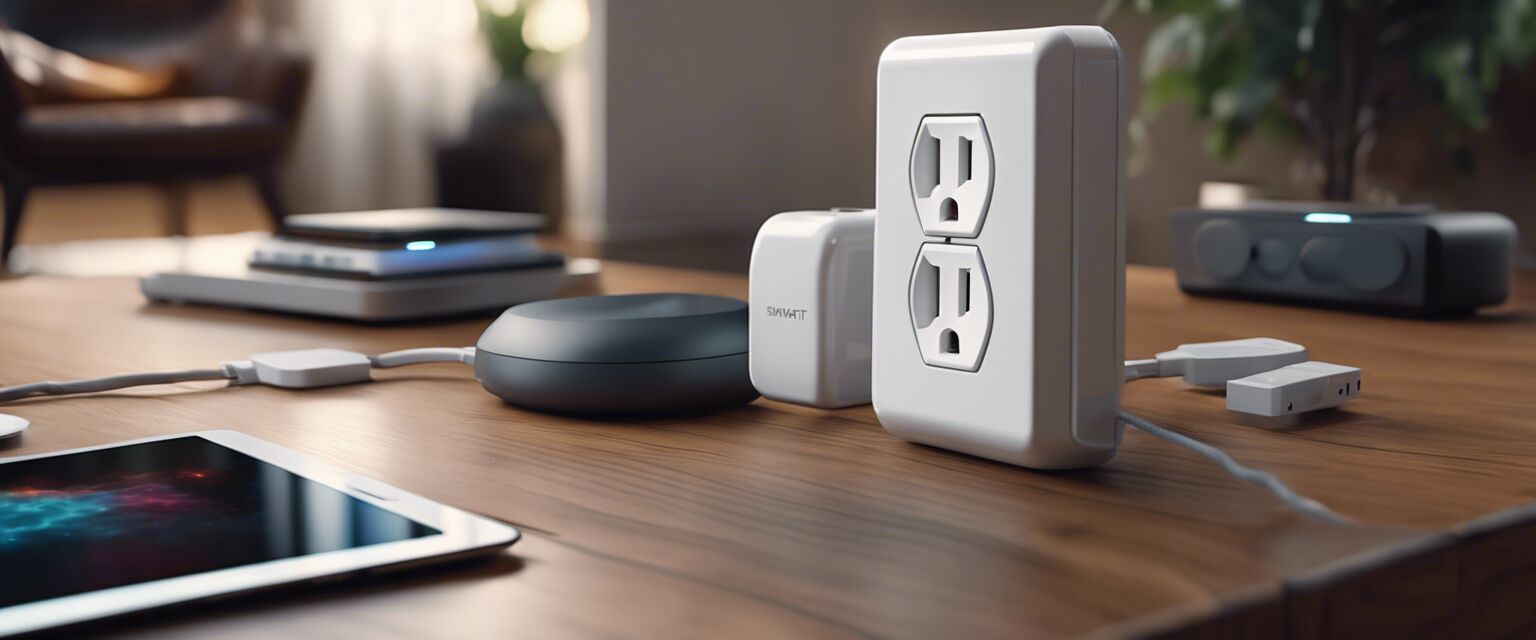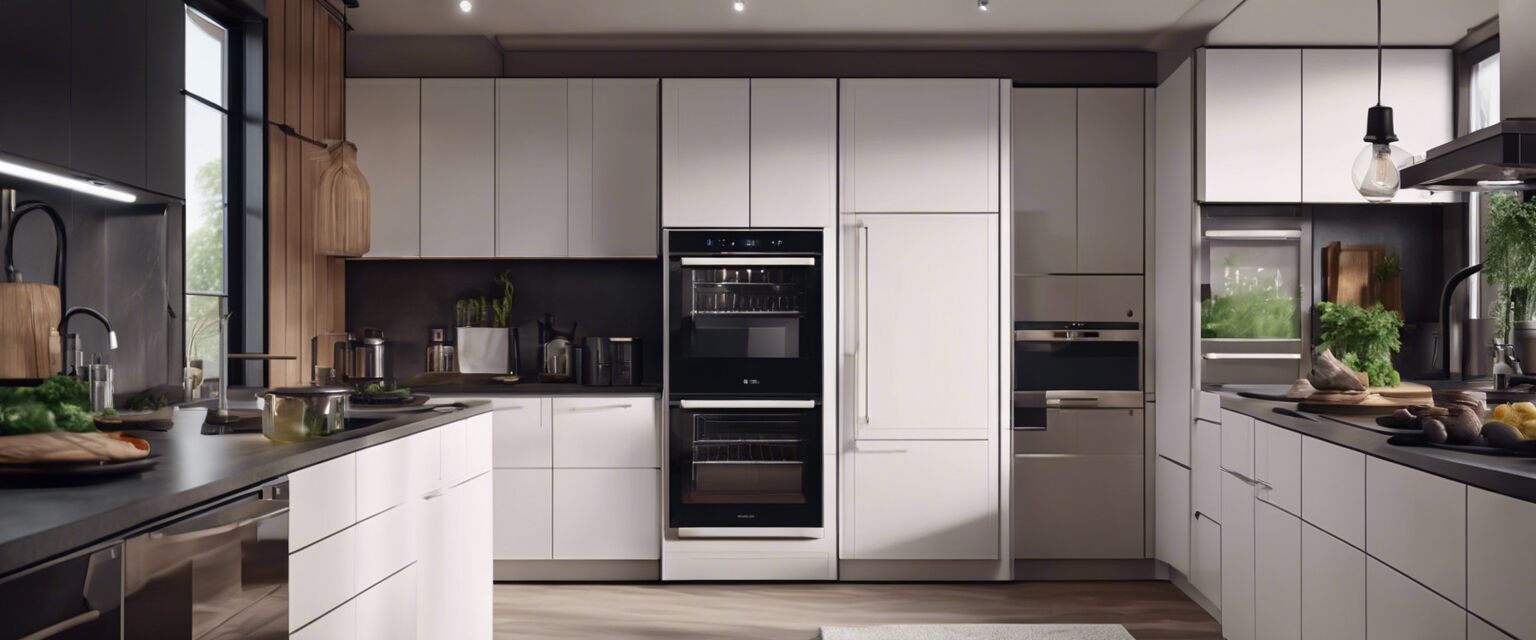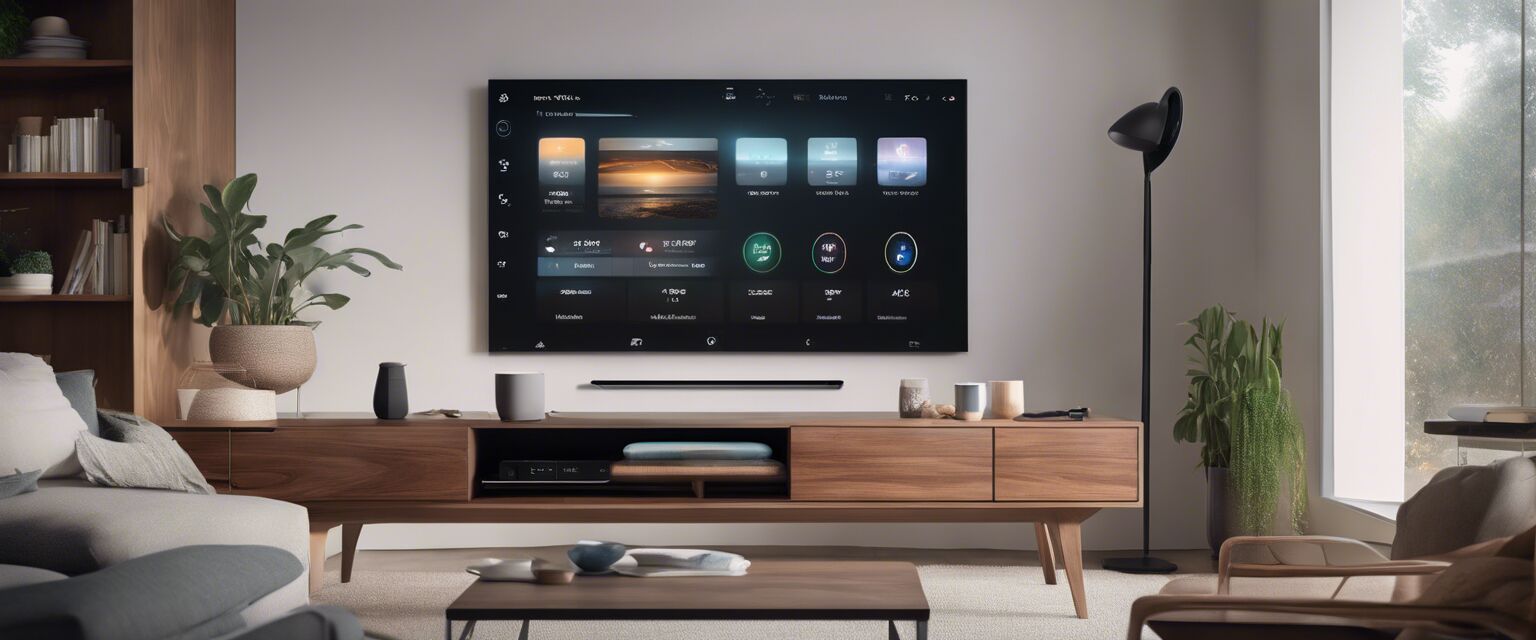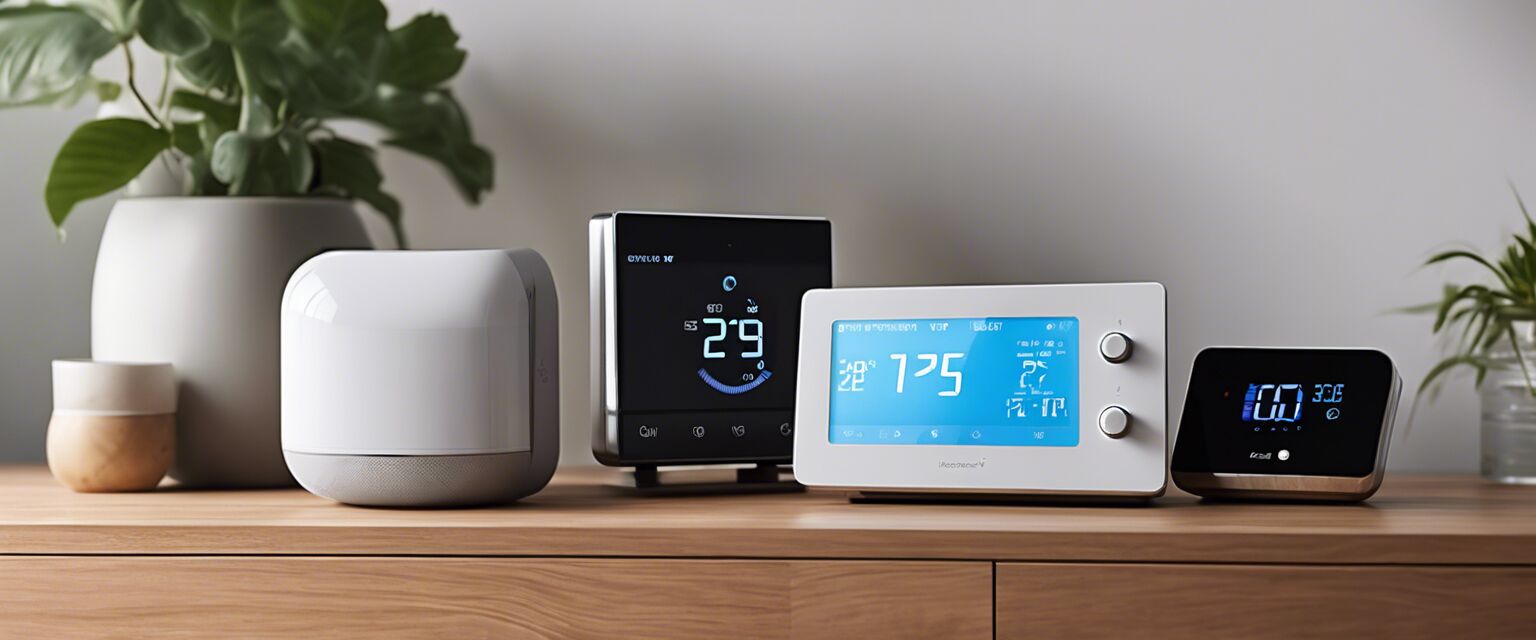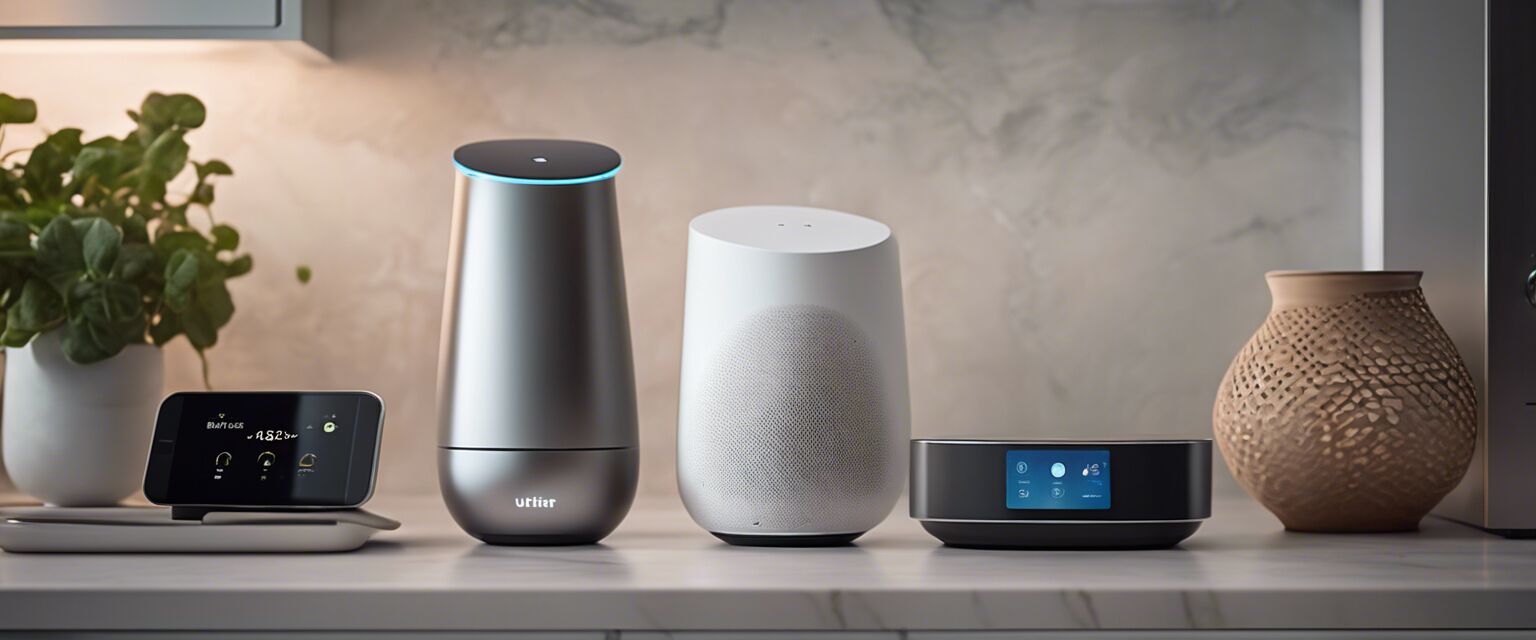
Home Automation Software
Key Takeaways
- Home automation software allows for remote control of smart devices.
- Integration between various smart devices enhances functionality.
- User-friendly apps make home automation accessible for everyone.
- Security and energy management are primary benefits of these systems.
Home automation software is pivotal for creating a seamless interaction with your connected devices, fostering a smart home environment that enhances convenience, security, and energy efficiency. With the right software and apps, you can control a multitude of smart devices right from your smartphone or tablet, integrating them into a cohesive system that simplifies your life.
What is home automation software?
Home automation software refers to applications and platforms designed to control smart devices within the household. These applications enable users to manage lighting, heating, security systems, and other appliance functionalities remotely.
Such software often works with various operating systems, ensuring compatibility with multiple devices. This interoperability is essential in a smart home environment.
Benefits of home automation software
| Benefit | Description |
|---|---|
| Convenience | Control your homeâs devices from anywhere using your smartphone or tablet. |
| Energy Efficiency | Automate routines to save energy and reduce costs with smart thermostats and lights. |
| Security | Monitor security cameras and receive alerts on your devices to increase home safety. |
| Customizability | Create personalized routines that fit your lifestyle and preferences. |
Types of home automation software
Home automation software can be categorized into several types, each with unique features and functionalities:
- Centralized Control Systems: Software that integrates multiple devices into a single platform for easier management.
- Device-Specific Applications: Apps designed specifically for controlling individual smart devices, such as smart lights or cameras.
- Voice-Controlled Interfaces: Solutions that allow voice commands for controlling devices through assistants like Alexa or Google Assistant.
- Automated Routine Tools: Software that schedules tasks and automates actions based on time, location, or other triggers.
Popular home automation software options
While there are countless options available, here are a few popular categories that you might consider exploring:
- Smart Hubs and Controllers: Central devices that facilitate communication between different smart products.
- Smart Lighting: Applications that allow control of lighting systems, often with features for scheduling and color changes.
- Smart Security Systems: Solutions focused on surveillance, alarms, and notifications.
- Smart Thermostats: Software for managing heating and cooling effectively.
- Voice-Activated Assistants: Allow hands-free control via voice commands.
How to choose the right home automation software
Choosing the right software for your home automation needs requires consideration of several factors:
- Compatibility: Ensure the software is compatible with the devices you have or plan to purchase.
- User-friendliness: Look for intuitive interfaces that make controlling devices straightforward.
- Features: Check for advanced features such as scheduling, automation, and remote access.
- Support and updates: Choose software that offers ongoing support and regular updates for security and new features.
Integration with smart devices
Integration is critical to effective home automation. Hereâs how different software types can interact with devices:
| Device Type | Common Integration Features |
|---|---|
| Smart Lights | Color control, dimming, scheduling, and energy usage tracking. |
| Smart Thermostats | Temperature control, scheduling, and learning habits for optimization. |
| Smart Security Systems | Live feeds, motion alerts, and remote control of locks and cameras. |
| Smart Home Hubs | Centralized control, automation scenarios, and protocol bridging. |
Getting started with home automation
Tips for Beginners
- Start with a few devices that serve essential functions, like smart lighting or security cameras.
- Choose a compatible hub to connect your devices efficiently.
- Experiment with automation routines to see what fits best for your lifestyle.
- Take advantage of user manuals and online resources for setup guidance.
Future of home automation software
As technology evolves, so does home automation. Hereâs what to expect in the future:
- Enhanced AI: More sophisticated learning abilities to automate environments better based on user behavior.
- Greater Integration: Improved compatibility between various brands and devices.
- More Security: Advanced features focused on protecting user data in a growing smart home landscape.
- Energy Management: Continuous improvements to energy efficiency through better automation strategies.
Conclusion
Home automation software plays a crucial role in managing smart devices effectively. With the right applications, users can enjoy the benefits of a connected home capable of providing convenience, security, and energy savings. As the technology continues to advance, the possibilities for home automation software will only grow, making it an exciting field to explore.
Pros
- Streamlines daily routines through automation.
- Increases home security with smart surveillance options.
- Provides energy efficiency benefits and cost savings.
- Offers convenient remote access to various devices.
Cons
- Possible compatibility issues within devices from different brands.
- Initial setup can be complex and time-consuming.
- Dependence on reliable internet connectivity for optimal performance.
- Concerns regarding data privacy and security breaches.




